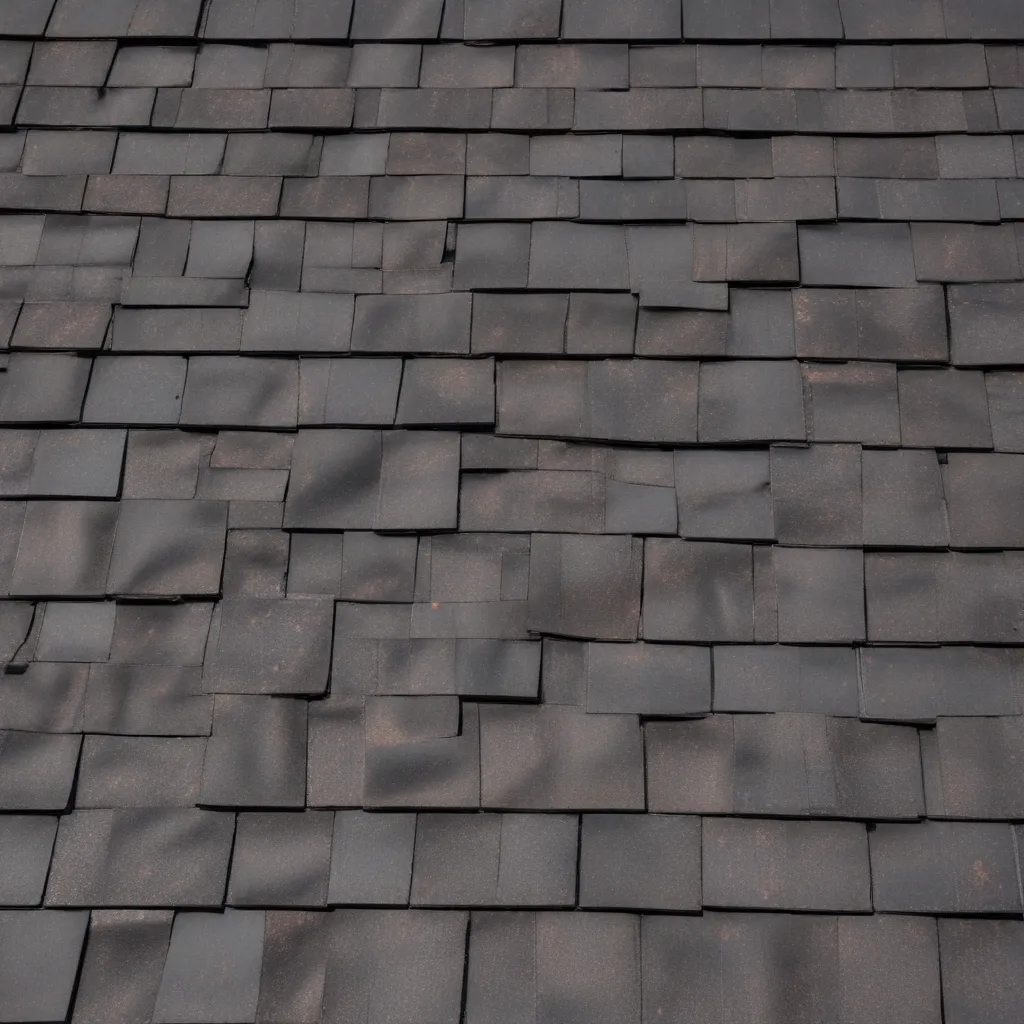
In an age where environmental responsibility is at the forefront of homeowners’ minds, the search for durable, eco-friendly roofing solutions has never been more crucial. Enter composite roofing, an innovative and sustainable alternative to traditional roofing materials that is quickly gaining popularity among homeowners seeking to future-proof their homes.
What is Composite Roofing?
Composite roofing is a type of roofing material that combines a variety of recycled or synthetic materials, such as asphalt, fiberglass, and polymer resins, to create a durable and versatile roofing solution. Unlike traditional roofing options like asphalt shingles or natural slate, composite roofing is designed to mimic the aesthetic of these materials while offering enhanced performance and longevity.
Characteristics of Composite Roofing
Composite roofing shingles are typically lightweight, weather-resistant, and fire-retardant. They come in a wide range of styles and colors, allowing homeowners to achieve the desired look for their home, whether it’s the timeless appeal of slate tiles or the rustic charm of cedar shake. Moreover, the incorporation of recycled materials in their production makes composite roofing a sustainable choice for eco-conscious homeowners.
Benefits of Composite Roofing
The key advantages of composite roofing include its long lifespan, low maintenance requirements, and exceptional durability. Compared to traditional roofing materials, composite roofing can last up to three times longer, with some products offering a warranty of up to 50 years. This extended lifespan not only provides homeowners with peace of mind but also reduces the frequency of costly roof replacements, making it a smart long-term investment.
Sustainability of Composite Roofing
Sustainability is a primary driver behind the growing popularity of composite roofing solutions. Homeowners and builders alike are increasingly seeking roofing options that minimize their environmental impact without sacrificing performance or aesthetics.
Environmental Impact
Composite roofing materials are often made from recycled plastics, rubber, or wood fibers, diverting waste from landfills and contributing to a more circular economy. Additionally, the production process for these roofing solutions typically requires less energy than traditional roofing options, further reducing the carbon footprint of the materials.
Energy Efficiency
Many composite roofing products, such as metal roof upgrades with cool-rated colors, are designed to enhance a home’s energy efficiency. These roofs are highly reflective, helping to reduce the amount of heat absorbed by the home and, in turn, lowering the energy required for cooling during warmer months. This energy-saving feature not only benefits the environment but also translates to lower utility bills for homeowners.
Durability and Longevity
The exceptional durability of composite roofing is another key aspect of its sustainability. These materials are engineered to withstand harsh weather conditions, including high winds, hail, and heavy rain, reducing the need for frequent repairs or replacements. By extending the lifespan of a roof, composite roofing minimizes the environmental impact associated with the manufacturing and disposal of roofing materials over time.
Homeowner Advantages
Beyond the sustainability benefits, composite roofing offers homeowners a range of practical advantages that make it an increasingly attractive choice for residential projects.
Cost-Effectiveness
While the initial cost of composite roofing may be slightly higher than some traditional roofing options, the long-term cost savings can be significant. The extended lifespan of composite roofing materials, combined with their low maintenance requirements, often translates to a higher return on investment for homeowners over the life of the roof.
Aesthetic Considerations
Composite roofing products are designed to mimic the visual appeal of natural materials, such as slate or cedar shake, without the associated drawbacks. Homeowners can achieve the desired aesthetic for their home while enjoying the benefits of a durable, lightweight, and environmentally friendly roofing solution.
Ease of Installation
Compared to some traditional roofing materials, composite shingles are often easier and quicker to install, making them a convenient choice for homeowners and contractors alike. This can lead to reduced labor costs and shorter project timelines, further enhancing the overall value proposition of composite roofing.
Adoption and Trends
The growing demand for sustainable and durable roofing solutions has driven a steady increase in the adoption of composite roofing among homeowners and the construction industry.
Market Growth
According to industry reports, the global composite roofing market is expected to experience significant growth in the coming years, with a projected compound annual growth rate of over 5% between 2022 and 2027. This surge in popularity can be attributed to the heightened focus on environmental responsibility and the ongoing desire for low-maintenance, long-lasting roofing options.
Regulatory Landscape
As the demand for sustainable building practices continues to rise, numerous local and national regulations have been introduced to encourage the use of eco-friendly roofing materials, including composite solutions. These regulatory frameworks, combined with government incentives and rebates, have further fueled the adoption of composite roofing among homeowners and construction professionals.
Homeowner Preferences
Surveys indicate that homeowners are increasingly prioritizing sustainability, durability, and aesthetic appeal when it comes to their roofing choices. Composite roofing, with its ability to meet these diverse requirements, has become a top choice for homeowners seeking to future-proof their homes and minimize their environmental impact.
In conclusion, composite roofing has emerged as a game-changing solution for homeowners seeking a sustainable, durable, and aesthetically pleasing roofing option. By combining recycled materials, energy-efficient design, and exceptional longevity, composite roofing offers a compelling alternative to traditional roofing systems. As the demand for eco-friendly home improvements continues to rise, the adoption of composite roofing is poised to grow steadily, solidifying its position as a must-have, transformative roofing trend for the modern, environmentally conscious homeowner.
For more information on Genuine Roof Systems’ innovative composite roofing solutions, please visit www.genuineroofsystems.com.

























